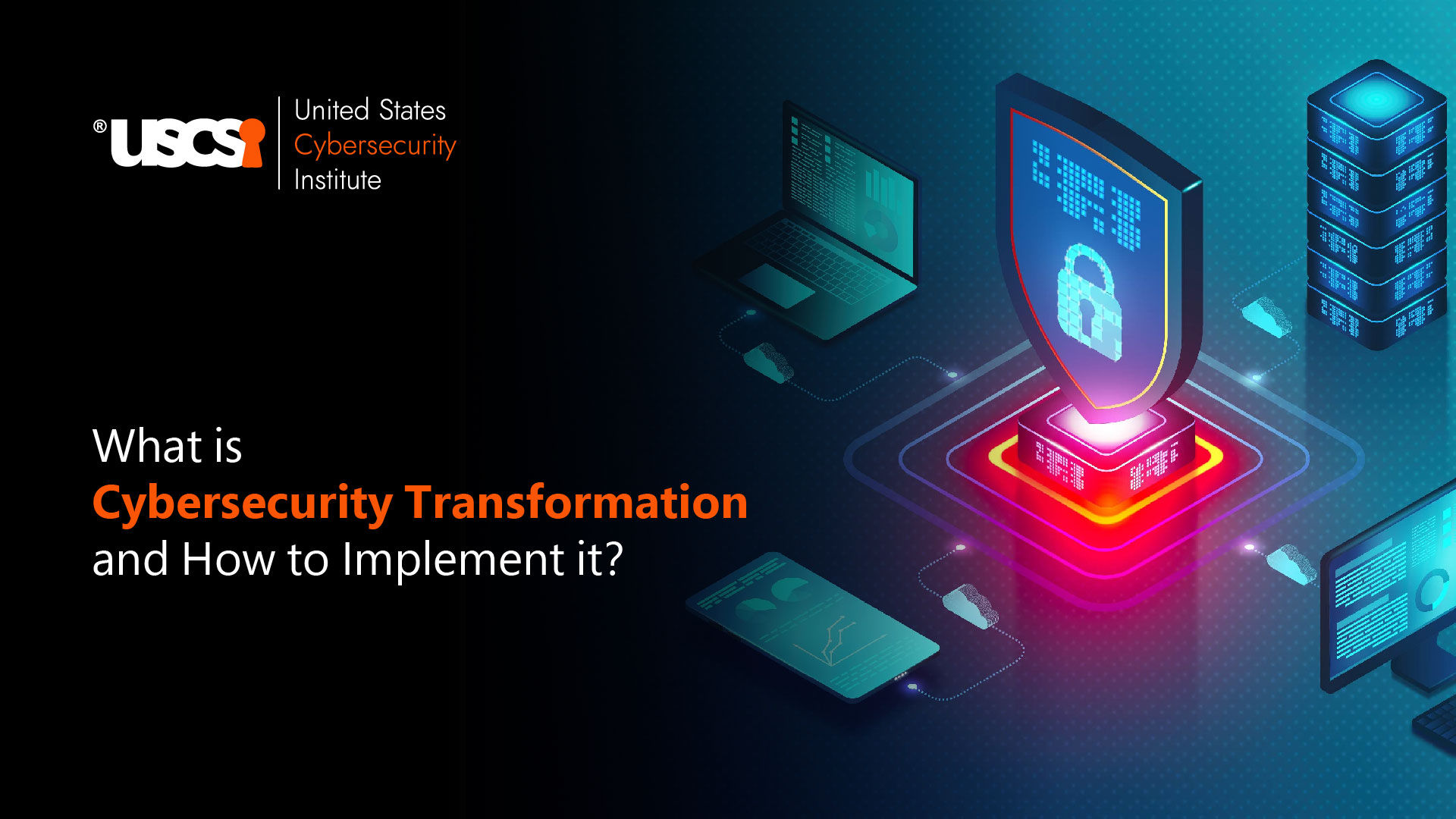

Top 5 Cybersecurity Challenges in 2022
Every facet of our life - personal, professional, or social, has a high dependency on technologies. While these hi-tech devices help individuals to lead a better lifestyle, they also impose unprecedented risks. Banks, hospitals, manufacturing units, government agencies, and tech companies are all sensitive to these risks. Hence, a safe and secure environment is a must while working with advanced technologies. Securing systems, networks, and other such digital infrastructure from risks such as cyber-attacks is known as cybersecurity. It has been anticipated that cybercrime will significantly increase in the upcoming years, costing the world around 10.5 trillion-dollar (annually) by the year 2025.
Time for Collective Responsibility
As cybercrimes are growing at a rate of 15% y-o-y, it is now everyone's responsibility to fight and prevent cybercrimes. While cybersecurity professionals ensure to install every bit of security layer in the system, the following are the ways in which you can protect yourself against Cyber-crimes:
- Using strong passwords with numbers, symbols, and special characters. Also, frequently changing passwords will protect the accounts.
- Updating the software and operating systems helps patch exploits and flaws that cybercriminals use to gain access to the system.
- Keeping private and personal information locked to safeguard oneself from social engineering.
Top 5 Cybersecurity Challenges and how to deal with it
- Social engineering threats: Most of the corporate breaches, leaks, and hacks involve human elements. Instead of using some technically advanced approaches, cybercriminals simply use human emotions and their psychology to gain sensitive information. This is referred to as social engineering. As per Verizon 2021 data breach investigations report, around 85% of the data breaches involved an element of humanity, and of those 35% included social engineering. Social engineering attacks may appear as an email from a trusted individual who is looking for help in an urgent manner (such as asking for money, asking for donations, etc.)
Way Forward: To deal with social engineering attacks, it is important to take hold of your human emotions. Instead of hurriedly clicking on dubious links or sending money, take a break and ensure the reliability of the source. Do a thorough research of the presented facts to verify them before taking further action. Install anti-virus software, spam filters, firewalls, etc. in the system. Additionally, delete all emails that ask for sensitive information (such as bank details or passwords). - Cryptocurrencies: Cryptocurrencies are becoming a new focal point for hackers. Fake wallets and weak security are two major crypto-based cyber threats. As per Kaspersky, a cybersecurity firm, cryptocurrency industries are going to have targeted attacks (state-sponsored) in the year 2022. Another cybersecurity challenge with cryptocurrency is high-value and high-profile cryptocurrency thefts. The increase in digital money and the hesitant adoption of cryptocurrency indicates that the cyber-attacks in the cryptocurrency market will increase in upcoming years.
Way Forward: The world needs experts with cybersecurity skills when money starts to become intangible and entirely software. To avoid these cybercrimes, it is advised to read available information thoroughly. Analyze any piece of content (blog, email, video, etc.) that offers cryptocurrency details and verify its source. Another thing to do is to keep the ‘private key’ private. Under no circumstances should one share the private key. Doing this may result in increasing the risk of money theft. - Deepfake Technology: Cybercriminals have become smarter with advanced technologies. These individuals use Artificial Intelligence to attack victims. They dupe victims by impersonating audio or video using deepfake technology. The increase in such attacks poses a huge threat to the internet world.
Way Forward: Companies are developing detection technologies for deepfakes. Though there are some technologies that can easily recognize fake audio and videos, their abilities are limited. In the coming years, machine learning and artificial intelligence will be used extensively to develop solutions against deepfakes. These technologies will quickly as well as autonomously prevent fake audio and videos from spreading. - Ransomware attacks: At times when the world is fighting pandemics and accepting hybrid working models, the popularity of ransomware has increased significantly. As per a ThreatPost.com report, the increase in the volume of ransomware attacks has been 151% (globally) in the first six months of the year 2021 as compared to the previous year. The security teams are continuously patching and updating while ensuring data security for remote workers. This has led to increased vulnerabilities and more complexities.
Way Forward: Organizations must acknowledge the security issues related to the incessant updating process and focus on defining vulnerability programs. The identification and mitigation of vulnerabilities must be clearly defined in the program. The better the understanding of cyber threats and its working, the better will be the data breach avoidance plan. Additionally, the organizations must leverage the expertise of cybersecurity professionals and invest in safety measures. - Phishing attacks: According to Trend Micro research, 91% of cybercrimes use emails as their starting point. These deceptive emails look like they are coming from authorized sources, however, they are simply a means of getting private information. The phishing activity aims to either gain sensitive information or to compel victims to download malware. It has been found that phishing activity increases during crises. People who are looking for information from the government, authorities, employers, or others easily fall into the trap of cybercriminals.
Way Forward: Always stay alert to avoid falling into the traps of cybercriminals. At times when you look at a quick way out, or that unbelievable offer, remind yourself to verify it. Ensure to add spam filters as well to avoid phishing attacks.
Conclusion
Cybercrimes have grown fourfold in current times, thus increasing the need for cybersecurity professionals. The demand for individuals with cybersecurity skills is huge and companies are outlining the cybersecurity careers path for their employees. If you are interested in taking up cybersecurity skills, it is the right to gain hands-on experience in advanced technology. When AI fights AI, professionals must ensure that they can work alongside AI.





